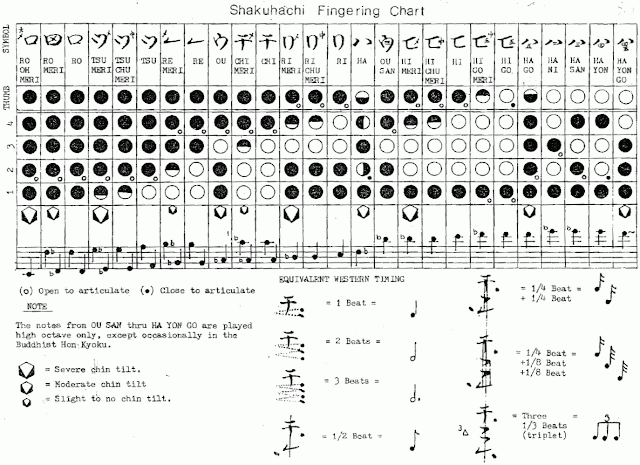Back in the late 2000's when I was more formally introduced to the shakuhachi, there were not many resources for study where I lived nor much on the internet as yet. So after finding a teacher in Larry Tyrrell, I searched for any organizations or clubs, groups that might help me to progress. Not much was out there till I found the International Shakuhachi Society as well as the now defunct Shakuhachi BBQ forum. Eventually Facebook and various other groups and forums started to appear for me and I happily joined all I could! Fast forward to my first shakuhachi matsuri in Seattle where I was able to meet other players in person and attend workshops by Kaoru Kakizakai, Ralph Samuelson and my former teacher, Larry Tyrrell.
This was an amazing experience of learning and belonging that would prove a powerful motivation to continued study and embracing of all the aspects of this beautiful world! Most of us want to belong, to be part of something with others who are of the same mind and soul. And while I was a beginner then, and still a beginner now (even after fifteen years playing, I'll always be a beginner) and embrace that joyously! Since that event in Seattle in 2014, my adventure has progressed to an amazing degree. With the shakuhachi world now so much more at our fingertips due to the internet, Facebook, Instagram and tech...it is easier than ever to BELONG!! The various concerts, festivals and online events make it better than ever!! 🙏🙏🙏🙏🙏🙏🙏🙏🙏🙏🙏🙏🙏






.jpg)






